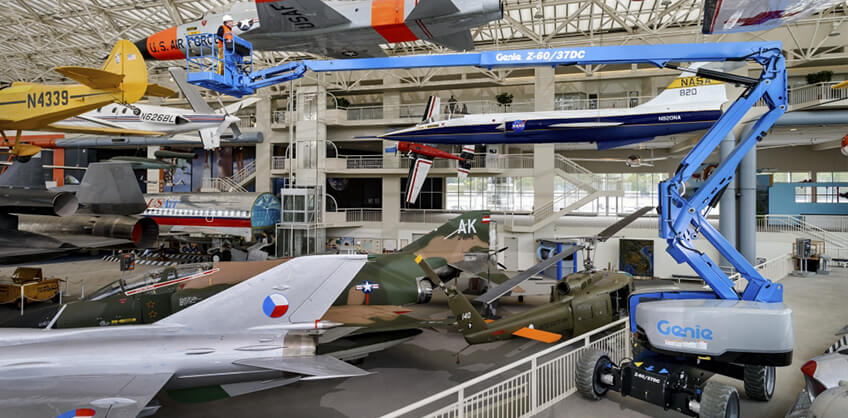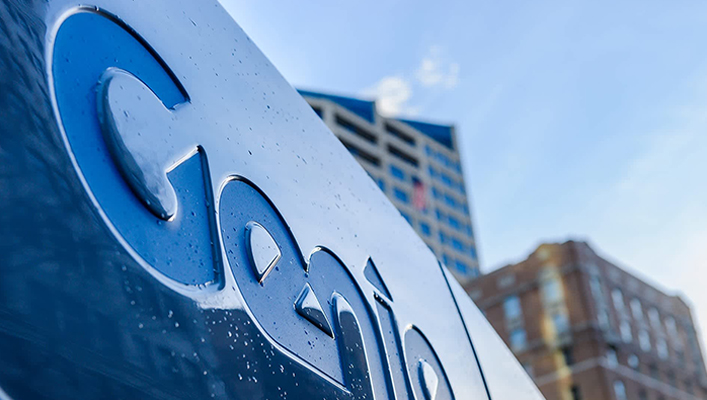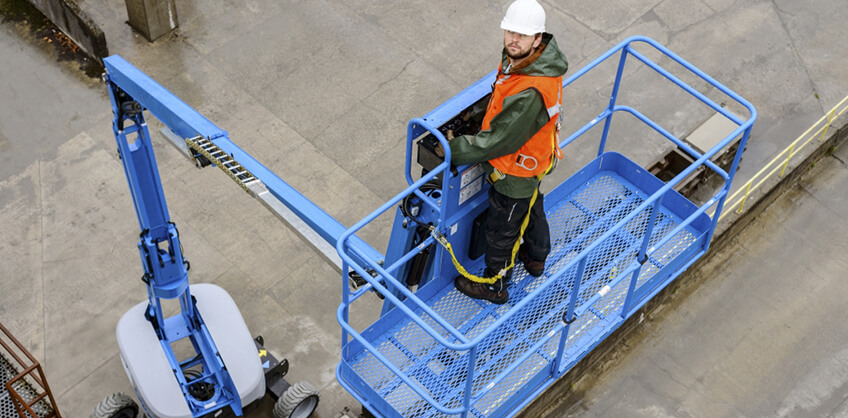Ten Safety Tips for Operating Mobile Elevating Work Platforms on the Jobsite
by Scott Owyen - Director of Training On Nov 14, 2019, 03:00 AM
Subscribe To Aerial Pros
Filter by tags
At Genie, our number one priority is to provide safe, productive Mobile Elevating Work Platforms (MEWP) for our customers. Once the equipment is in the field, operators must follow the prescribed operating practices outlined in our manufacturer’s recommended guidelines to keep the equipment working safely and productively.
In the approach of adopting good practices to ensure safe use while operating an MEWP on a jobsite, operators should know and follow these 10 tips for safe work practices:
- Read, understand and obey all of your employer’s safety rules and worksite regulations, as well as any applicable local, governmental or provincial regulations that apply before operating the machine.
- Perform a pre-operation inspection and function tests on the equipment before each shift. If the machine fails any of these tests, make sure it is immediately tagged and removed from service until it can be repaired by a qualified service technician.
- Perform a workplace risk assessment prior to moving the machine to the jobsite. Look for drop-offs and holes, slopes, slippery or unstable surfaces, overhead obstacles, power lines and any other hazards that may exist and develop a plan to avoid those hazards through all phases of machine operation.
- Wear the proper fall protection. A properly fitted full body harness and appropriate adjusted lanyard or self-retracting lifeline will reduce the potential for an operator being catapulted from the platform of a boom. The slightest jar at the base of the machine can equate into a sudden and powerful whiplash at the platform — if this happens, wearing the proper fall protection may reduce the chances of serious injury or even death.

- Do not sit, stand or climb on the platform guardrails. Operator should maintain a firm footing on the platform floor at all times. If an operator is required to reach an overhead work area that is too small for the platform guardrails to allow access to, the use of a MEWP manufacturer-approved device, specifically designed to provide additional access to confined spaces, is recommended.
- Do not exit an elevated boom or scissor lift platform unless a rigorous and robust risk assessment indicates that this is the safest and most effective means of accessing a particular location and you have been properly trained to do so. In this case, you must maintain 100 percent tie-off at all times and must be in possession of an approval letter from the manufacturer that provides the proper guidance. Always adhere to the national/local/job-site policies and requirements about the task of exiting at height, where existing.
- Do not climb down from the platform when it is raised. Whenever possible, keep a cell phone or two-way radio with you while you are in the platform and always have a rescue plan in place.
- Keep the platform floor clear of debris. Scrap materials, buckets, large tool boxes and other items can cause a serious tripping hazard — you should remove any item from the platform that is not absolutely necessary to do your work.
- Lower the platform entry mid-rail or close the entry gate before operating a MEWP. Never tape or prop the entry open, and never use an aerial machine if the gate does not properly latch.
- Receive proper training (both general training and hands-on practical training) on, as well as become familiar with, the exact MEWP you will be operating. This includes thoroughly reading the operator’s manual and safety signs on the machine, as well as understanding the function and location of all safety devices and controls before beginning operation.
Be sure to follow these simple, safe operating tips to keep your MEWP performing productively day in and day out, from one application to another.
Related Posts

MEWPs vs. Scaffolding
Prior to the introduction of mobile elevating work platforms (MEWPs) in the 1970s, construction industry professionals relied almost exclusively on ladders and scaffolding to access major work at height projects.
Continue Reading

Fall Arrest Bar on Genie® Booms: What You Need to Know
For more than 50 years, Genie has successively brought to market solutions that focus on operator safety.
Continue Reading


